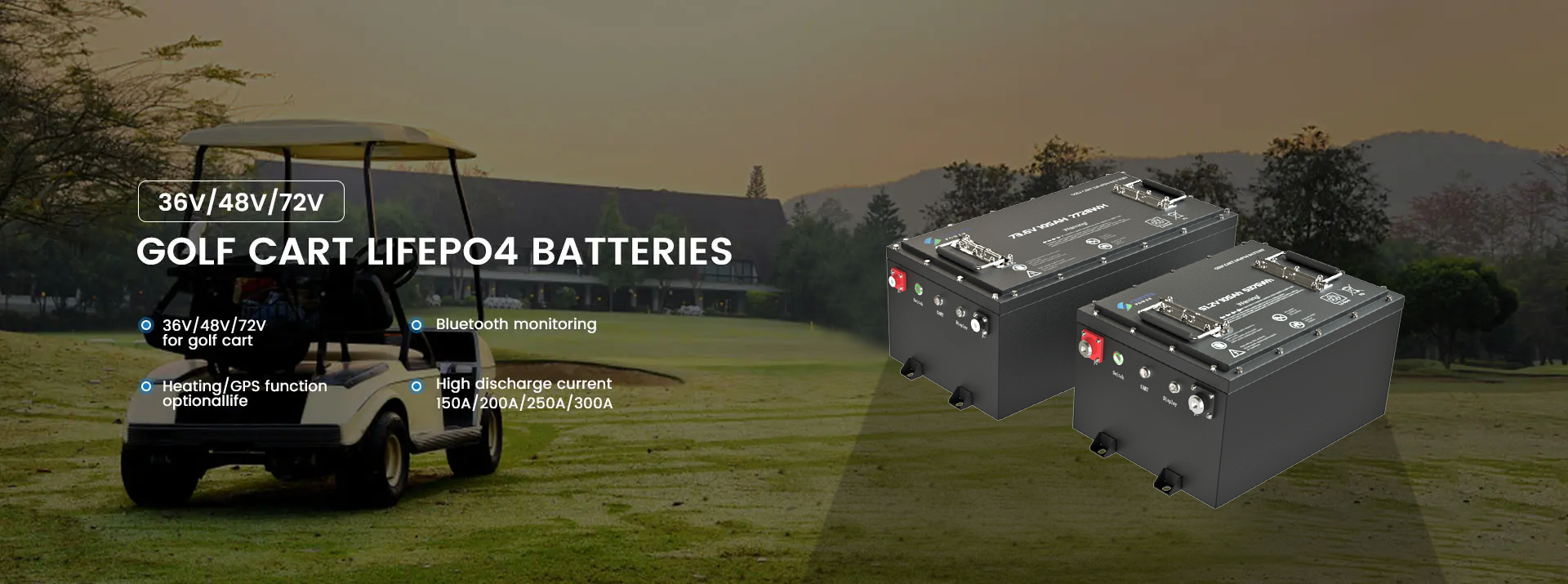
1. Battery Types and Weights
Sealed Lead Acid (SLA) Batteries
- Weight per battery: 25–35 lbs (11–16 kg).
- Weight for 24V system (2 batteries): 50–70 lbs (22–32 kg).
- Typical capacities: 35Ah, 50Ah, and 75Ah.
- Pros:
- Affordable upfront cost.
- Widely available.
- Reliable for short-term use.
- Cons:
- Heavy, increasing wheelchair weight.
- Shorter lifespan (200–300 charge cycles).
- Requires regular maintenance to avoid sulfation (for non-AGM types).
Lithium-Ion (LiFePO4) Batteries
- Weight per battery: 6–15 lbs (2.7–6.8 kg).
- Weight for 24V system (2 batteries): 12–30 lbs (5.4–13.6 kg).
- Typical capacities: 20Ah, 30Ah, 50Ah, and even 100Ah.
- Pros:
- Lightweight (reduces wheelchair weight significantly).
- Long lifespan (2,000–4,000 charge cycles).
- High energy efficiency and faster charging.
- Maintenance-free.
- Cons:
- Higher upfront cost.
- May require a compatible charger.
- Limited availability in some regions.
2. Factors Influencing Battery Weight
- Capacity (Ah): Higher capacity batteries store more energy and weigh more. For example:Battery Design: Premium models with better casing and internal components may weigh slightly more but offer better durability.
- A 24V 20Ah lithium battery might weigh around 8 lbs (3.6 kg).
- A 24V 100Ah lithium battery could weigh up to 35 lbs (16 kg).
- Built-in Features: Batteries with integrated Battery Management Systems (BMS) for lithium options add slight weight but improve safety and performance.
3. Comparative Weight Impact on Wheelchairs
- SLA Batteries:
- Heavier, potentially reducing wheelchair speed and range.
- Heavier batteries can strain transport when loading into vehicles or onto lifts.
- Lithium Batteries:
- Lighter weight improves overall mobility, making the wheelchair easier to maneuver.
- Enhanced portability and easier transportation.
- Reduces wear on wheelchair motors.
4. Practical Tips for Choosing a 24V Wheelchair Battery
- Range and Use: If the wheelchair is for extended trips, a lithium battery with higher capacity (e.g., 50Ah or more) is ideal.
- Budget: SLA batteries are cheaper initially but cost more over time due to frequent replacements. Lithium batteries offer better long-term value.
- Compatibility: Ensure the battery type (SLA or lithium) is compatible with the wheelchair’s motor and charger.
- Transportation Considerations: Lithium batteries may be subject to airline or shipping restrictions due to safety regulations, so confirm requirements if traveling.
5. Examples of Popular 24V Battery Models
- SLA Battery:
- Universal Power Group 12V 35Ah (24V system = 2 units, ~50 lbs combined).
- Lithium Battery:
- Mighty Max 24V 20Ah LiFePO4 (12 lbs total for 24V).
- Dakota Lithium 24V 50Ah (31 lbs total for 24V).
Let me know if you'd like help calculating specific battery needs for a wheelchair or advice on where to source them!
Post time: Dec-27-2024





